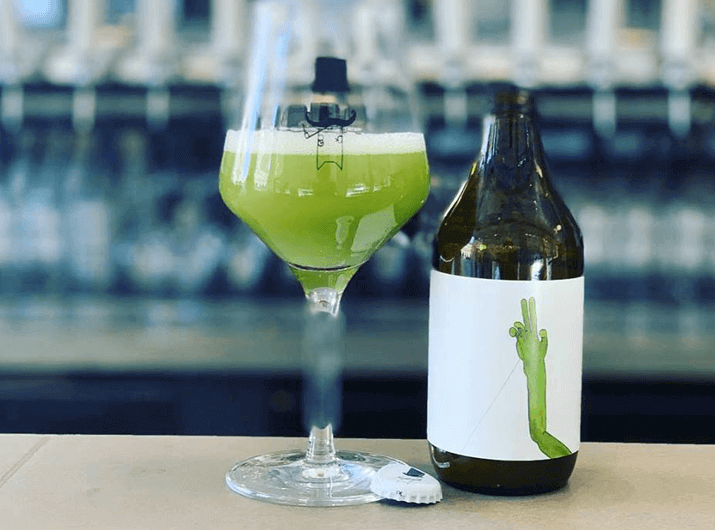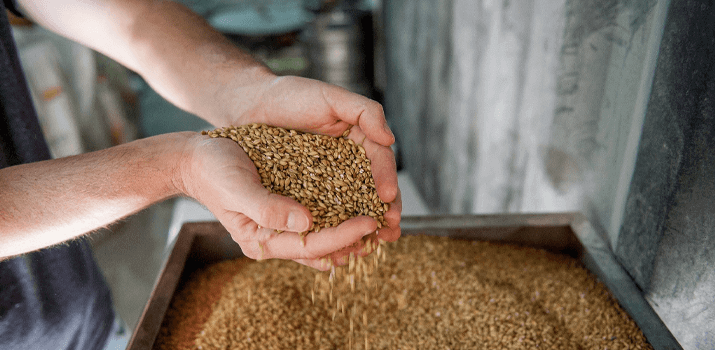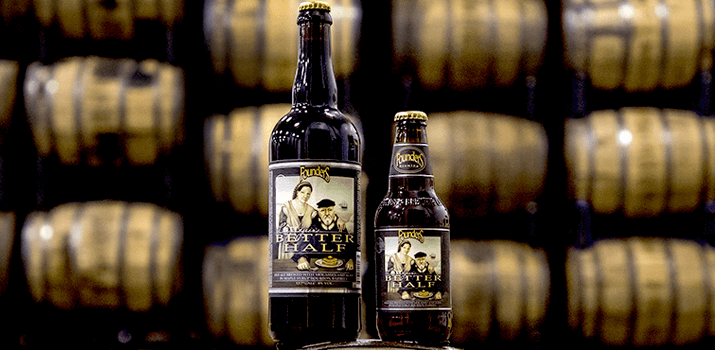It pours like liquid gold. Sparkling clear. A ray of sunshine catches the bubbles as they race to the top to form a rocky head suitable for sleeping on if only the glass were bigger. It is truly one of the most attractive beers I have poured into a glass probably, well, ever. Of course it is. Nobody makes a Helles better than the experts at the Bavarian State Brewery, Weihenstephan.
Indeed, it is here on the gorgeous campus in Freising where future masters are taught by today's best. Not only is this a working brewery producing exceptional lagers and traditional Weissbiers but it is also a university where figures carrying several honorifics before their name teach the next generations charged with carrying on German brewing traditions.
Surviving time and war, the origins of Weihenstephan as a brewery can be traced back to about 1040 on the grounds of a Benedictine monastery. Still standing proudly on Weihenstephan hill--albeit with a few more buildings and, well, electricity--a very modern brewery serves as a reminder that honouring tradition doesn't mean one can't be cutting-edge. It is contemporary technology and an intense focus on brewing science that have brought the past's beers into the modern age in a state of perfection.
After finishing the flawlessly refreshing Helles (well, almost finishing. It's early and we still have two more to go), I pour the superb Weihenstephaner Hefe Weissbier into my tasting glasses. This time, an impressively sturdy head forms over the cloudy golden beer. The more I pour, the more it seems to defy gravity until, finally, it spills over the edge of the glass. My tablemates decry my supposed waste but I'm too busy enjoying the wonderful balance of banana and clove yeast aromas that I don't even notice the foam pouring over my hand. Until later when I realise that those banana and clove notes are following me around.
There's one more beer to try and it's a hefty one for the morning: Vitus Weizenbock. This 7.7% bock is stunning. While the Hefeweizen brought the quintessential Weissbier banana and clove character with it, the Vitus amps that way up alongside notes of bubblegum, apricot and citrus. Its slick, full-bodied mouthfeel is boosted by a lively effervescent carbonation. A melding of a Bock and a classic Weizen, it brings the best of each together and makes it into a world-class beer. Much like the combination of tradition and science.
It's fascinating to walk around the grounds and through the brewery (and, umm, into the restaurant for one of the tastiest beer lunches I've ever had): students hustle to classes, forklifts buzz around hauling massive racks of kegs and tourists try to stay out of the way. It's easy to take this place's importance for granted as another tour bus pulls up or when viewing another stainless steel brewing vessel. It's only when pausing to watch autumn leaves flutter down to their resting place somewhere on Weihenstephan hill that I am reminded of what has always been here and will always be in the glass. Perfection.





